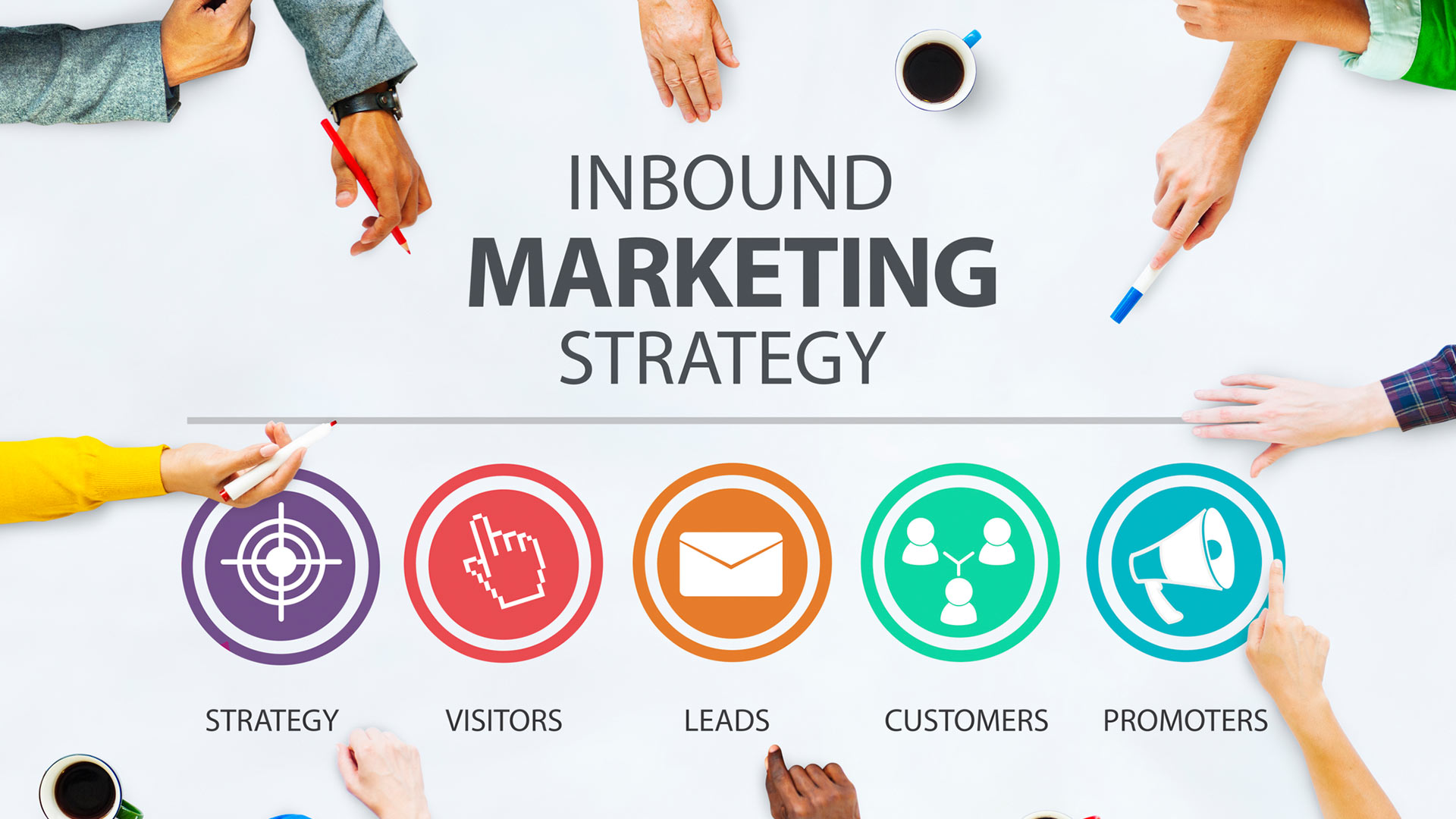One of the best definitions of marketing I’ve heard was that marketing exists to be a secret, strategic asset for business development. Whether it’s building brand awareness or developing strategies to accelerate the sales cycle, everything you do in marketing exists to grow your business.
The good news (for marketers and sales professionals) is that such a broad definition creates new ways of thinking when it comes to the role marketing plays. Rather than compartmentalizing marketing into its traditional definition of primarily advertising and brand awareness, we can discover new ways in which marketing can play a more “behind-the-scenes” role in business development.
How Marketing Can Become a “Secret, Strategic Weapon” for Sales
Here are a few of my favorite ways in which marketing can become a secret, strategic weapon for business development:
- Write story-driven case studies for your sales team. Someone once said the best stories happen to brands who know how to tell them. And, marketers are natural storytellers. That’s why story-driven case studies are so valuable. Crafting case studies that help prospects see themselves in the work you’ve done with clients is one of the best ways to equip your sales team to be successful.
- Create a repository of easily accessible, relevant statistics. Statistics and numbers can play a significant role in the buying decision. As marketers, we have the opportunity to sit at the unique intersection of having insights on industry-related statistics and data points that are specific to our business. By compiling all the relevant statistics into one easily-accessible location, marketing can help sales teams save a tremendous amount of time.
- Research and report what your competitors are doing. Salespeople want to know what competitors are doing and how your organization compares. As a marketer, you can make them more confident and informed by conducting competitive intel. This includes anything from one-pagers that outline competitors’ weaknesses and strengths to links of unfavorable reviews about competitors.







